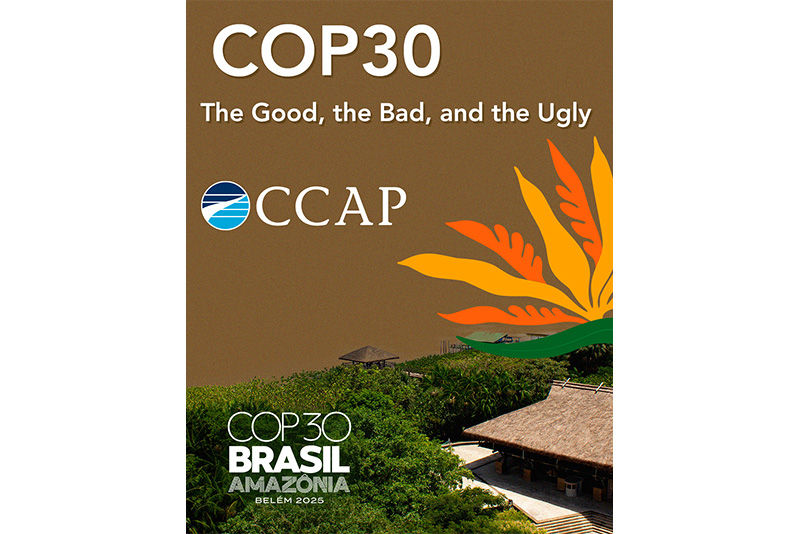The Role of NAMAs Explained in One Picture
- Stacey Davis
- May 12, 2013
- 2 min read
Coinciding with the Global NAMA Financing Summit, CCAP released An Emerging Architecture for NAMA Finance, which describes how nationally appropriate mitigation actions (NAMAs) can drive climate mitigation in developing countries.
The NAMA mechanism calls for greenhouse gas mitigation actions by developing countries in the context of sustainable development, supported and enabled by technology, financing and capacity building, and in a measurable, reportable and verifiable manner. NAMAs offer a framework to achieve broad-based climate actions in developing countries that contribute to meeting developing country greenhouse gas mitigation targets while realizing priority development objectives.
Learning from the successes and limitations of the CDM – as well as from past unilateral, bilateral and multi-lateral programs, as showcased in CCAP’s The Road to NAMAs: Global Stories of Successful Climate Actions and Climate Finance Works – the NAMA framework offers a way to target international climate finance to have a far-reaching impact on global greenhouse gas emissions while also aligning with national sustainable development priorities. NAMAs can drive both the development of good policy design in developing countries and the application of effective financial tools to leverage climate finance to attract larger scales of public and private sector investment.
NAMA finance is unique in its flexibility. Whereas other sources of finance are restricted to achieving target rates of return and payback periods that may depend on the level of real and perceived risk, NAMA support can be deployed to finance policies or fund financial mechanisms that fundamentally modify the investment climate and risk profile for the desired low carbon investments. In fact, the best use of international support is likely to differ from sector to sector, and from country to country, depending on the nature of the barriers that impede the desired types of low carbon investment.
NAMA Vision: The NAMA attracts and funnels investment resources to projects consistent with the national NAMA policy changes and low carbon development goals.

NAMA finance ultimately seeks to attract investment towards priority national low carbon development goals from the larger and more restricted funding sources, including from bilateral and multi-lateral development institutions, national development banks and the private sector (both commercial debt and private equity). A NAMA that combines government policies and international financial support to reduce risk and/or boost investment returns can be successful in channeling these larger and disparate investment resources towards the desired low carbon technologies and infrastructure.
For more information on how to design and finance NAMAs to realize this vision, see the full paper, An Emerging Architecture for NAMA Finance.




Comments